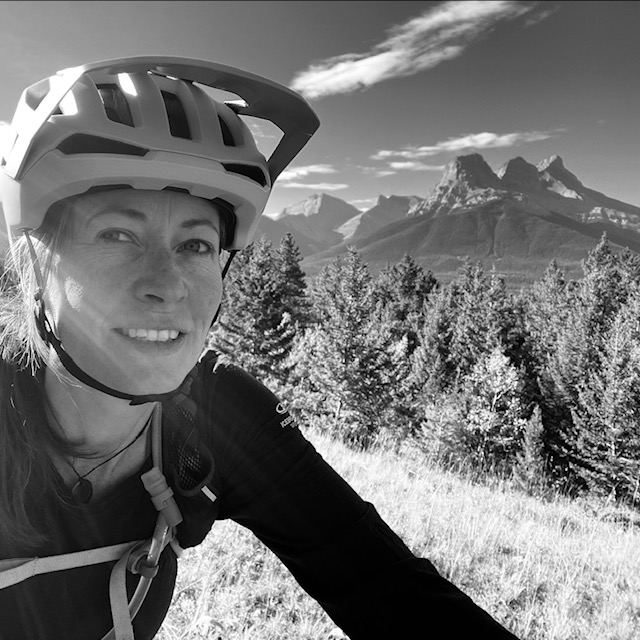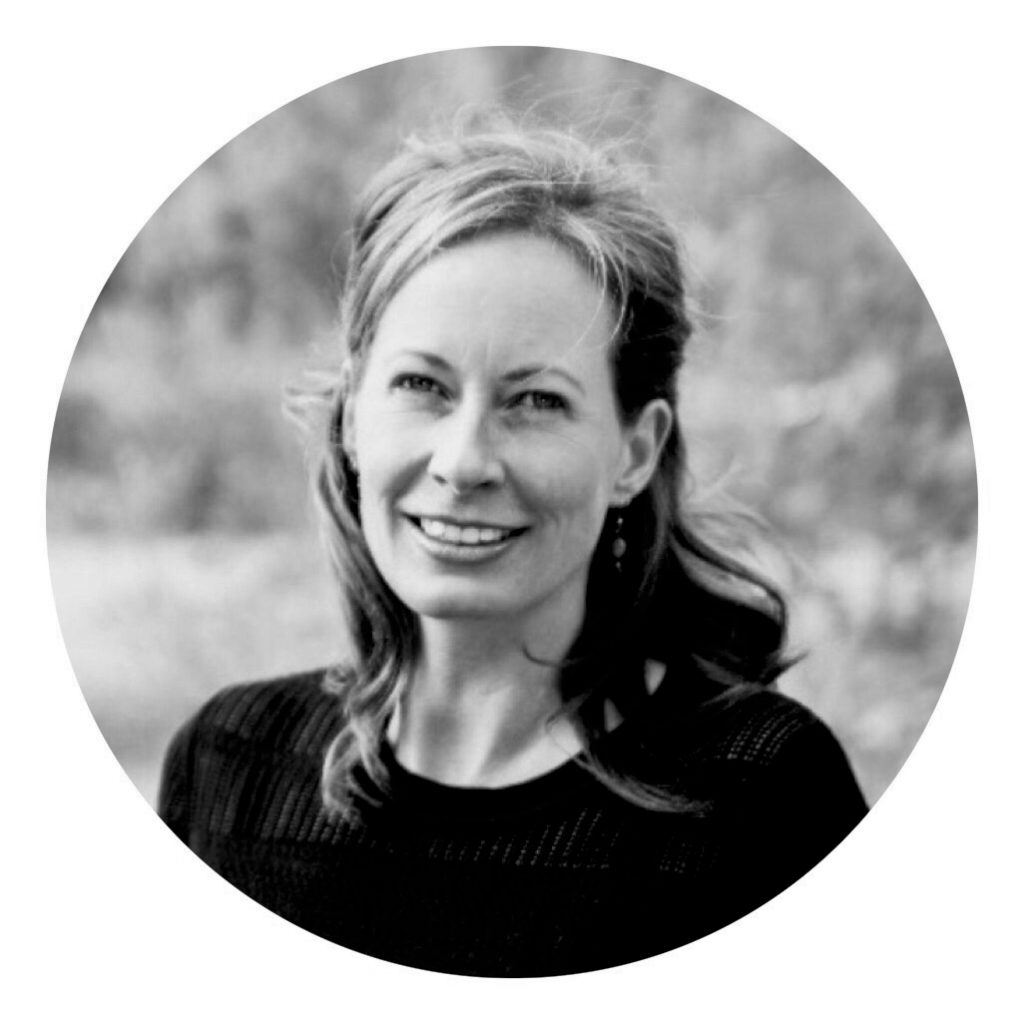
Carolyn Withey licensed with
Quantus Mortgage Solutions in Alberta

Carolyn (Caz) Withey
Licensed with Quantus Mortgage Solutions
A mortgage broker acts as an intermediary who brokers mortgage loans on behalf of individuals or businesses.
As independent professionals, we are licensed with a brokerage and governed by the Real Estate Council of Alberta. Since mortgage advisors don’t work for any specific bank or lender, our goal is to make sure your mortgage is the best fit for your individual needs.
As a mortgage professional I have access to over 40+ lenders, which opens the door to literally hundreds of options when it comes to mortgages. Many of the lenders available in the mortgage broker channel are actually only available through a licensed mortgage advisor, including many of the biggest mortgage lenders in the Canadian marketplace.
We have the best rates up front, with no haggling, and we do the work finding the top available options. Even better, our services are commission-based, meaning that in most situations we get paid directly by the lender, so our services are free to our clients. There are only rare exceptions – that are always explained upfront (such as commercial mortgages) – where the fee is paid separately by the client. Read more here.
This is a good step before buying a property. A home inspection is a visual examination of the property to determine the overall condition of the home. In the process, the inspector should be checking all major components (roofs, ceilings, walls, floors, foundations, crawl spaces, attics, retaining walls, etc.) and systems (electrical, heating, plumbing, drainage, exterior weather proofing, etc.). The results of the inspection should be provided to the purchaser in written form, in detail, generally within 24 hours of the inspection. A pre-purchase home inspection can add peace of mind and make a difficult decision much easier. It may indicate that the home needs major structural repairs which can be factored into your buying decision. A home inspection helps remove a number of unknowns and increases the likelihood of a successful purchase.
Where a home inspection is a great idea for a homebuyer to have done before committing to a property purchase, an appraisal differs as it is for the lender. If they require an appraisal it will be ordered by the lender (or by your mortgage advisor on the lender’s behalf) after your initial application is sent to them requesting mortgage financing.
An appraisal is an unbiased, professional estimate of the value of a property for sale. Lenders often require a home appraisal before they’ll issue a mortgage because they want to protect their investment; if the actual market value of a property is lower than the sales price and if the buyer defaults on the mortgage, the lender won’t be able to sell the property for enough money to cover the loan. This is set up by your mortgage professional or directly by the lender, and the report is sent to the lender.
Though you can order an appraisal as a home buyer for yourself, this is not required for the purchase and generally cannot be transferred to a lender.
A minimum down payment of 5% is required to purchase a home in Canada, subject to certain restrictions. In addition to the down payment, you must also be able to show that you can cover the applicable closing costs (i.e. legal fees and disbursements, appraisal fees and a survey certificate, where applicable).
Regardless of the amount of your down payment, at least 5% of it must be from your own cash resources (or a gift from a direct family member). It cannot be borrowed. There are requirements for when these funds need to be in your bank account, so generally bank on having this money in your account before your application is submitted for approval.
A conventional mortgage is where the down payment is equal to 20% or more of the purchase price. This means that you are borrowing less than 80% of the total purchase price, and typically this means your mortgage does not normally require mortgage loan insurance.
An insured mortgage is where the down payment is between the minimum 5% downpayment and up to 20% of the purchase price. Mortgages with less than 20% down must have mortgage loan insurance, which is organized by the mortgage lender and provided by either CMHC or Sagen. This means that you will be required to pay mortgage loan insurance to be eligible for a mortgage if you have less than 20% down payment.
This insurance is required by law in Canada if you are providing less than a 20% downpayment. Mortgage loan insurance helps protect lenders against mortgage default and enables consumers to purchase homes with a minimum down payment starting at 5%.
The insurance premiums are based on a scale that decreases based on providing a higher down payment amount (ie. the insurance premium rate is lower if you provide a 10% down payment versus a 5% downpayment.. or even lower still if you provide a 15% downpayment). These insurance premiums can be included in your mortgage amount or paid upfront.
Though this is an additional cost and protects the lender rather than the homebuyer, there are also benefits to having an ‘insured mortgage’ as there is less risk to the lender, so they generally offer lower mortgage rates for an insured mortgage. *Just to note there are a number of types of insurance related to buying a home and this is not the same as mortgage life insurance.
Most lenders will accept down payment funds that are a gift from an immediate family member as an acceptable down payment. A gift letter signed by the donor is usually required to confirm that the funds are a true gift and not a loan. These funds typically have to be in your bank account a full 30 days before the home purchase.
A pre-approved mortgage provides an interest rate guarantee from a lender for a specified period of time (usually up to 120 days) and for a set amount of money. The pre-approval is calculated based on information provided by you and is generally subject to certain conditions being met before the mortgage is finalized. Conditions would usually be things like ‘written employment and income confirmation’ and ‘down payment from your own resources, for example.
Having a pre-approval is a great way to ensure that you are looking at properties within your affordable price range.
There are ways to reduce the number of years to pay down your mortgage. You’ll enjoy significant savings by:
Firstly you have the downpayment – the portion of the purchase price that you provide from your own savings. To qualify for a conventional mortgage you will need a downpayment of 20% or more. However, you can qualify for a low down payment ‘insured’ mortgage with a down payment as low as 5%.
Secondly, there are closing costs which a lender will require you have set aside for your purchase (between 1.5%-2.5% of the basic purchase price). This is a general heading for costs associated with completing the purchase and covers everything including an appraisal if it’s required, all fees to register your name and mortgage on the property title and disbursements for the lawyer or notary acting for you in the purchase of your home. The lawyer acting on your behalf will tally the closing and adjustment costs, as well as any interest adjustment costs between buyer and seller and depending on which province you are purchasing in, land transfer tax (a one-time tax based on a percentage of the purchase price of the property and/or mortgage amount, which we don’t have in Alberta, but is in BC).
There are also costs including a home inspection by a professional building inspector – this is entirely optional but highly recommended. The inspection may bring to light areas where repairs or maintenance are required before you buy, and will assure you that the house is structurally sound. The inspector should provide you with a written report.
Also, you will be required to have a property insurance policy in place by the closing date.
Lastly is the cost of moving and any potential purchases you may need to make early on – appliances, garden tools, cleaning materials etc. It’s a good idea to factor these expenses into your initial costs.
Needless to say, you’ll have financial responsibilities as a homeowner.
Some of these costs, like taxes, may not be billed monthly, so do the calculations to break them down into monthly costs. Below you will find a list of these expenses.
For most home buyers, this is the largest monthly expense. The actual amount of the mortgage payment can vary widely since it is based on a number of variables, such as mortgage term or amortization.
Property tax can be paid in two ways – remitted directly to the municipality by you, in which case you may be required to periodically show proof of payment to your financial institution; or paid as part of your monthly mortgage payment.
In some municipalities, school taxes are integrated into the property taxes. In others, they are collected separately and are payable in a single lump sum, usually due at the end of the current school year.
As a homeowner, you’ll be responsible for all utility bills including heating, gas, electricity, water, telephone and cable.
You will also have to cover the cost of painting, roof repairs, electrical and plumbing, walks and driveway, lawn care and snow removal. A well-maintained property helps to preserve your home’s market value, enhances the neighbourhood and, depending on the kind of renovations you make could add to the worth of your property.

Licensed with Mortgage Architects
As a mortgage broker, licensed with Mortgage Architects, I offer my mortgage expertise to prospective homeowners in Canmore, Banff, Cochrane, and throughout Alberta. It is my promise to my clients that I work efficiently and professionally to customize a home loan solution that best fits your scenario.
Carolyn Withey – Licensed with Quantus Mortgage Solutions – Mountain Mortgages | Privacy